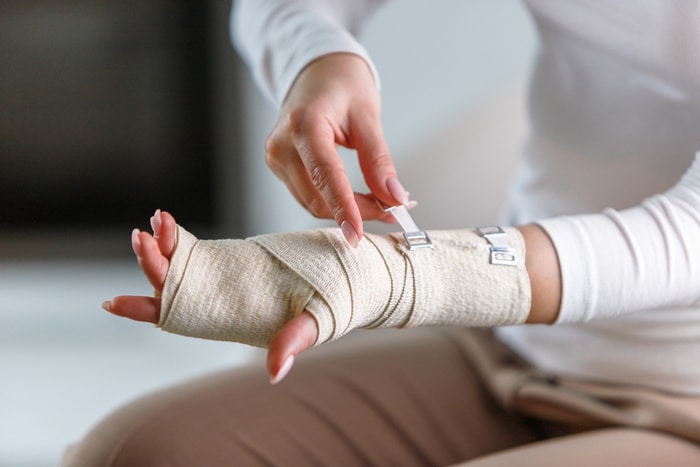How Bad Is The Injury?

It can be hard to tell how bad you’ve been injured when something happens unexpectedly. It’s possible to take a distracted step from a curb, twist your ankle so bad it breaks, fall face-first into the concrete, and end up in the hospital for a few months. Generally, this doesn’t happen to young people. The elderly are at greater risk. But it can happen to anyone.
The body is strong, and people are less delicate than they may seem. Even so, conditions regularly transpire where something seemingly innocuous soon develops into a serious injury. It can be hard to know right away because the body has been designed to “take a licking and keep on ticking.”
When you break a bone, there’s generally going to be an adrenaline response. You may go into shock. The adrenaline and “shock” with which your body responds to the injury can drown out the pain. You may tremble slightly, as when you’re cold, or when you’re extremely excited. Sometimes in such situations, the “pain” you feel is more psychological than physical.
Certainly, within a few hours or days of the injury, the totality of the damage you’ve sustained will be evident; but it doesn’t always reveal itself immediately. It can take hours for swelling from a break to reach its peak. Inflammation is to be expected, but its severity and impact may differ per individual.
Steps To Take When You Think The Injury Is Bad
If you suspect you’ve broken your hand or wrist, or sprained it, there are a few things to look out for. With injuries that are more serious, you should hear a popping sound. It may be like a knuckle popping. It could sound like gristle being ground, or ice being chewed. Sometimes you can manipulate your injured limb and not feel pain, though you keep hearing the sound.
In such a case, you’re probably in shock. Certainly, when you really hurt yourself, there will be some visual evidence. Bones sticking out where they shouldn’t is a clear sign of an injury, as is blood. However, there are instances where a dislocated limb can be “popped” back into place without any cast, surgery, or sling; the damaged part will just be tender for a few days.
Obviously, determining how badly you’ve been injured is difficult to assess without expertise. If you were in New Jersey, you might want to take a suspected dislocation, sprain, or break to Seaview Orthopaedic in Holmdel, NJ.
If you’re nowhere near NJ, you might want to look for help elsewhere. Orthopedic professionals are all across the country; whether you’re in Portland and seeking Portland hand and wrist injury doctor, or you’re in Alaska. Whatever the case, you can save yourself panic and time by finding a doctor you trust in advance and taking down their contact information.
Doing Nothing Can Be A Very Bad Move
One thing you shouldn’t do is leave a suspected break without getting it professionally examined. Unless you’re living in some third-world country and treading water through abject poverty, you should get suspected injuries of this kind examined by medical professionals. Here’s a link to a bit of writing about orthopedic health management to help here.
Serious bones or fractures that aren’t attended to will likely heal, but they could heal in a way that gives you a permanent limp or makes it so you can’t move your arm a certain way. When you can avoid such outcomes, you should.
So watch for “the shakes”, weird sounds, blood, protruding bones, limbs at strange angles, or collateral factors like mental fog when you’ve sustained a hand or wrist injury. Also, look out for inflammation. Seek medical attention in any case where you’re not absolutely sure your injury is minor.
